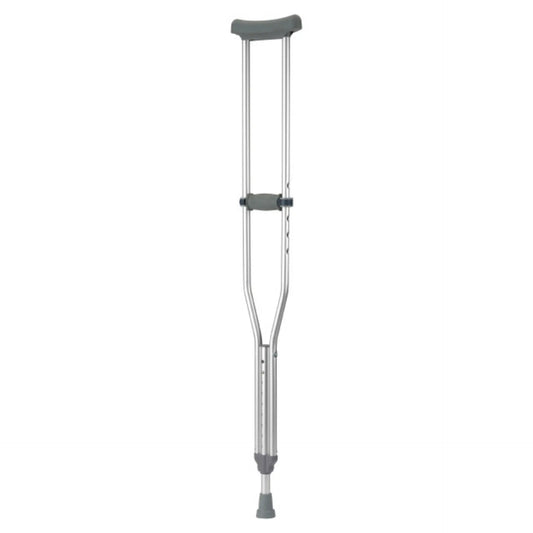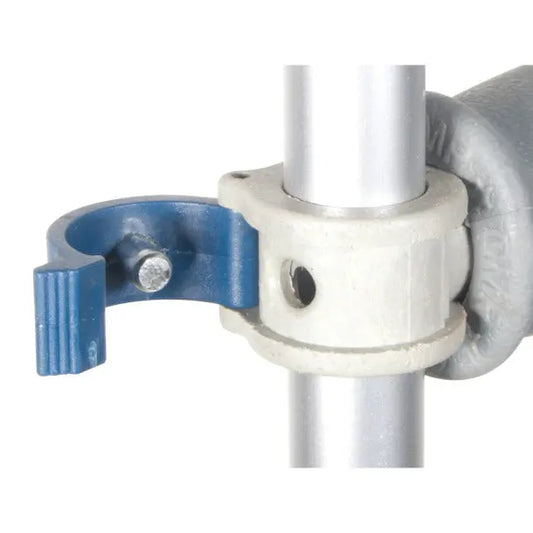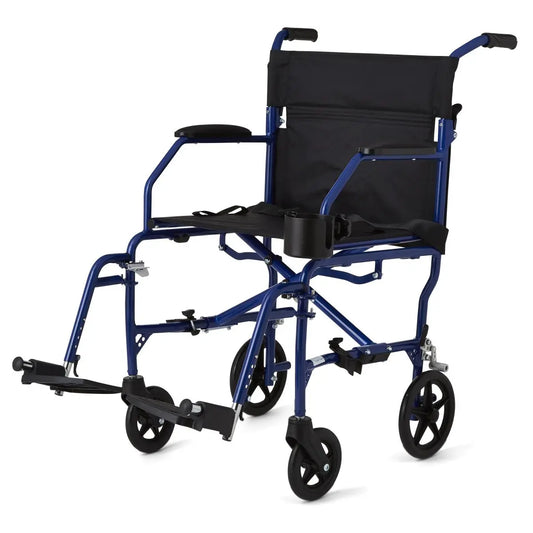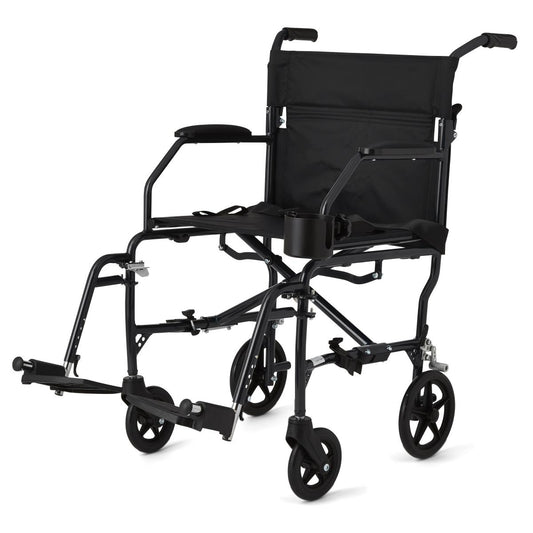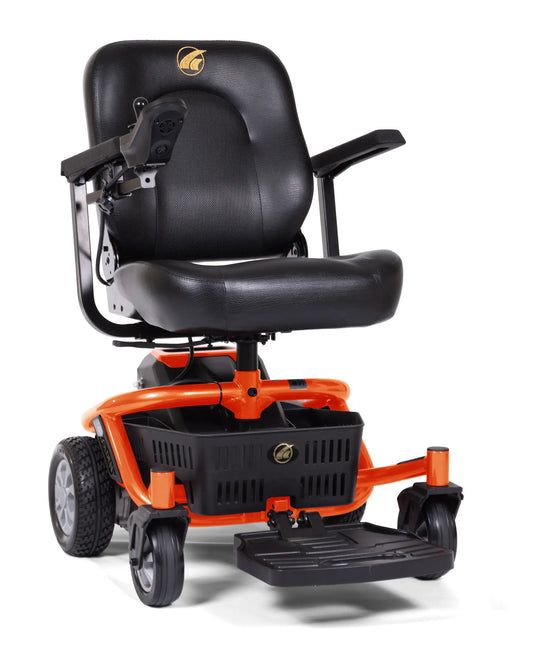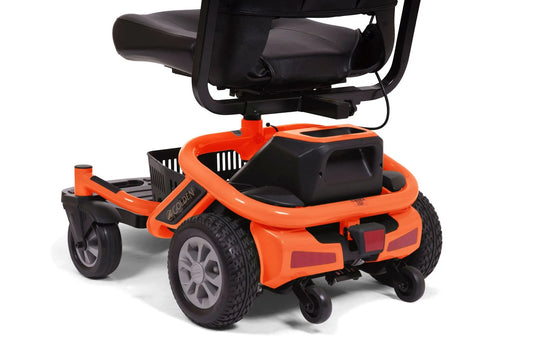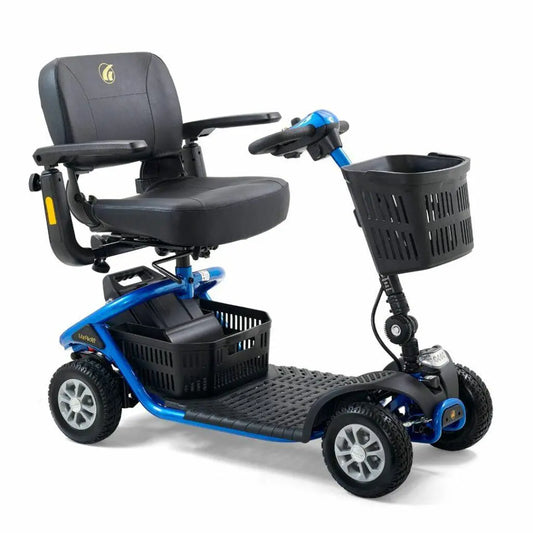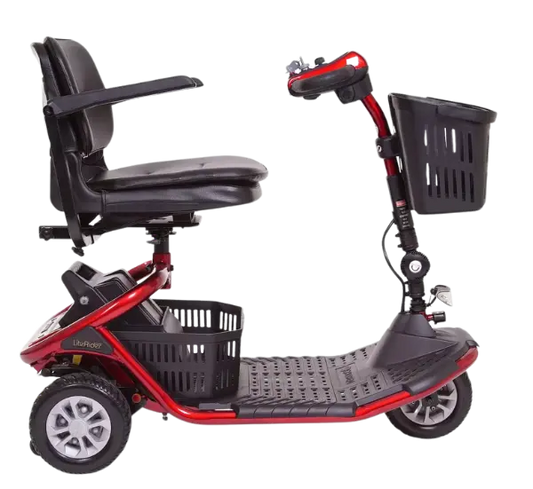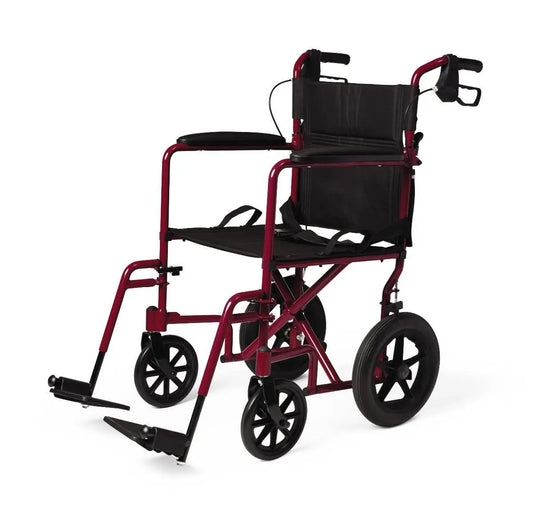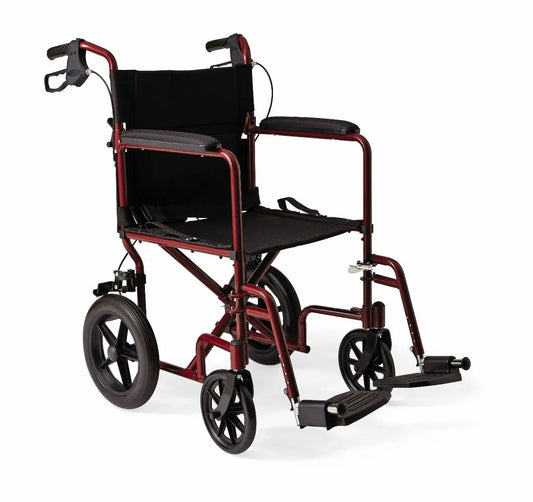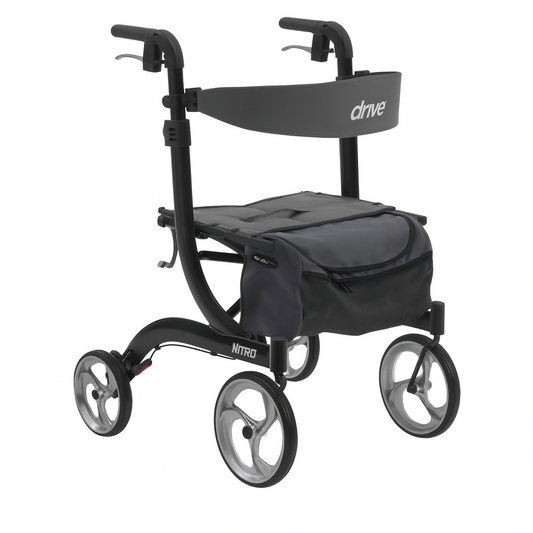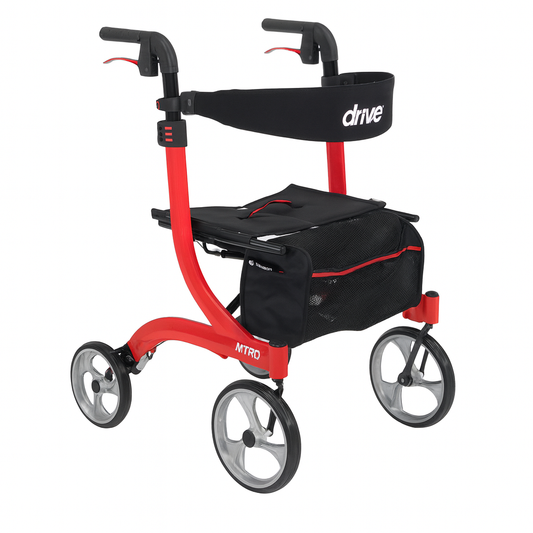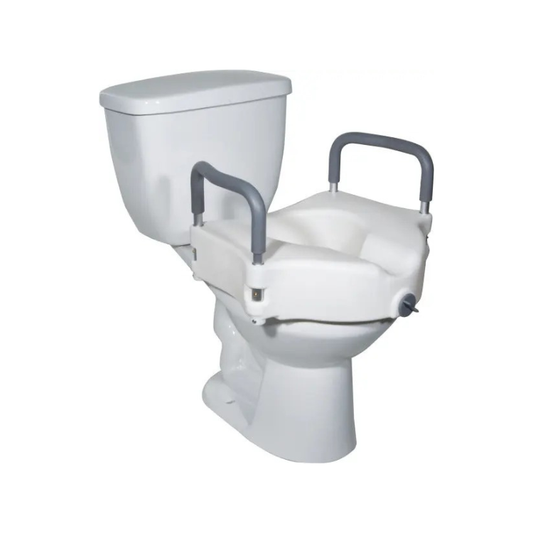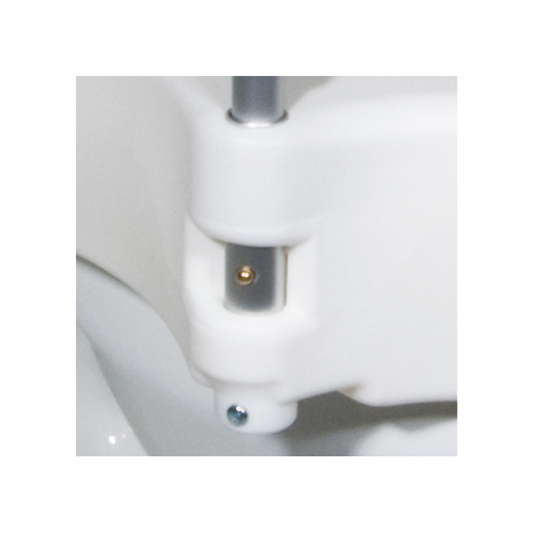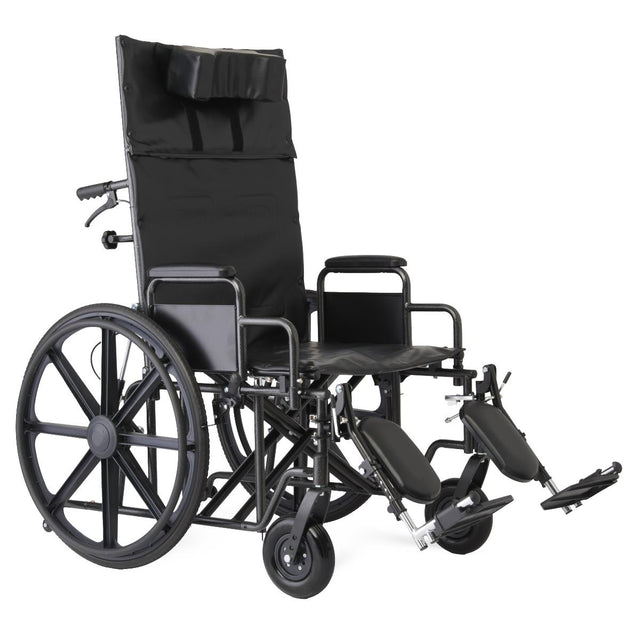Guardian Extra-Wide Reclining Wheelchairs
Translator Rollator Specifications
General Information
Manufature:
Product Type:
Model:
User Weight Capacity:
Folds:
Latex Info:
Manufacturer #
FSA/HSA Eligible:
HCPCS Code:
Rollator Dimensions
Overall Height:
Back Height:
Seat Width:
Seat Depth:
Product Weight:
Rollator Frame & Construction
Frame Material:
Fabric Type:
Foldability:
Color:
Rollator Mobility Features
Caster Wheels:
Rear Wheels:
Brakes:
Storage:
Ideal For
- Bariatric users – People who need wider seating options (22", 24", 26") and reinforced frames for extra support and stability.
- Patients requiring recline positioning – Individuals with respiratory issues, cardiac conditions, spinal injuries, or who need frequent repositioning for comfort and medical reasons.
- Long-term wheelchair users – Those who spend extended hours in their chair and need the ability to recline for pressure relief, circulation, and overall comfort.
- Post-surgery and rehab patients – Ideal for recovery after major surgeries where reclining support and elevating leg rests aid in healing.
- Caregivers and facilities – Perfect for hospitals, nursing homes, and rehabilitation centers where staff need versatile wheelchairs that accommodate various patient needs.
- Individuals with limited mobility – Users who benefit from reclining support to reduce fatigue and improve overall positioning throughout the day.
Why Buy from Dahl Medical Supply?
Rollator Comparisons
Dahl Medical FAQs
About Dahl Medical Supply
Why Should You Own a Reclining Wheelchair
Why You Should Own a Reclining Wheelchair
A reclining wheelchair goes beyond standard mobility—it provides comfort, health benefits, and flexibility that can make a real difference in daily life. Here’s why it’s worth considering:
- Enhanced Comfort – The ability to recline reduces pressure on the back, hips, and tailbone, making long periods of sitting much more comfortable.
- Pressure Relief – Regularly changing positions helps prevent pressure sores, especially for individuals who spend extended time in a wheelchair.
- Improved Circulation – Reclining combined with elevating leg rests promotes better blood flow, reduces swelling, and supports overall vascular health.
- Respiratory Support – Adjusting the backrest helps those with breathing difficulties by allowing more natural chest expansion.
- Post-Surgery Recovery – Reclining positions can aid healing after operations by reducing strain on the body and improving rest.
- Caregiver Convenience – Caregivers can safely reposition users without needing to transfer them out of the chair, reducing strain and improving care efficiency.
- Greater Independence – Users can adjust their seating to fit their needs throughout the day, whether relaxing at home, visiting the doctor, or spending time outdoors.
In short: A reclining wheelchair isn’t just about mobility—it’s about comfort, health, and quality of life for both users and caregivers.







